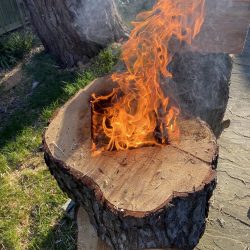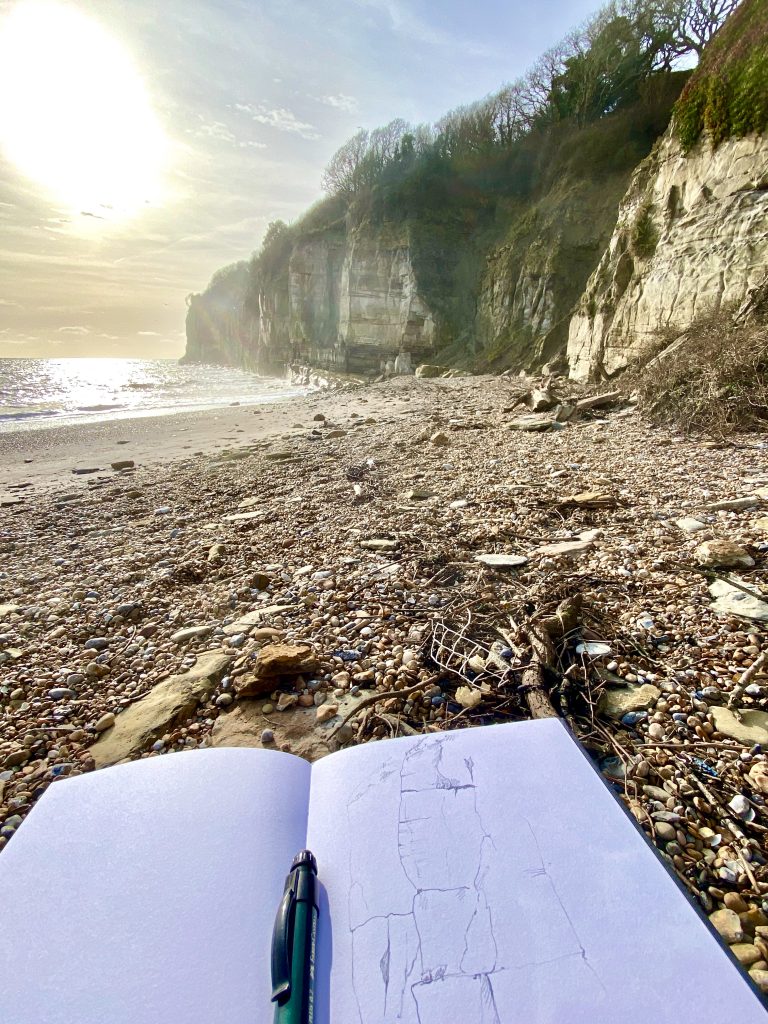I have been an art educator all my professional life, as a teacher, senior examiner, lecturer, senior advisor, inspector and consultant. I had set up a website for art teachers even before Bucks County Council (my employer at the time) had a website of it’s own. I abandoned this when I retired from Bucks, though there are traces of my work scattered around the Internet.
But occasionally it is useful to share what I am doing now with friends and colleagues, so I have once again set up a ‘danchina’ website. It is really just an opportunity to gather a few creative strands together in one place and note how they evolve.
I am not a fan of hyperventilated, over sharing social media, so I’ll just keep to a simple website and blog that I can manage from my phone.
Perhaps I will gather up some of the earlier professional stuff, more as a reminiscence than a publishing programme. However, as teachers are now being required to reinvent the wheels that we reinvented some years ago, there may be stuff which stimulates ideas. I’ll see.
Dan China































